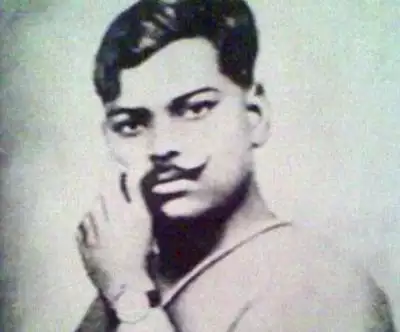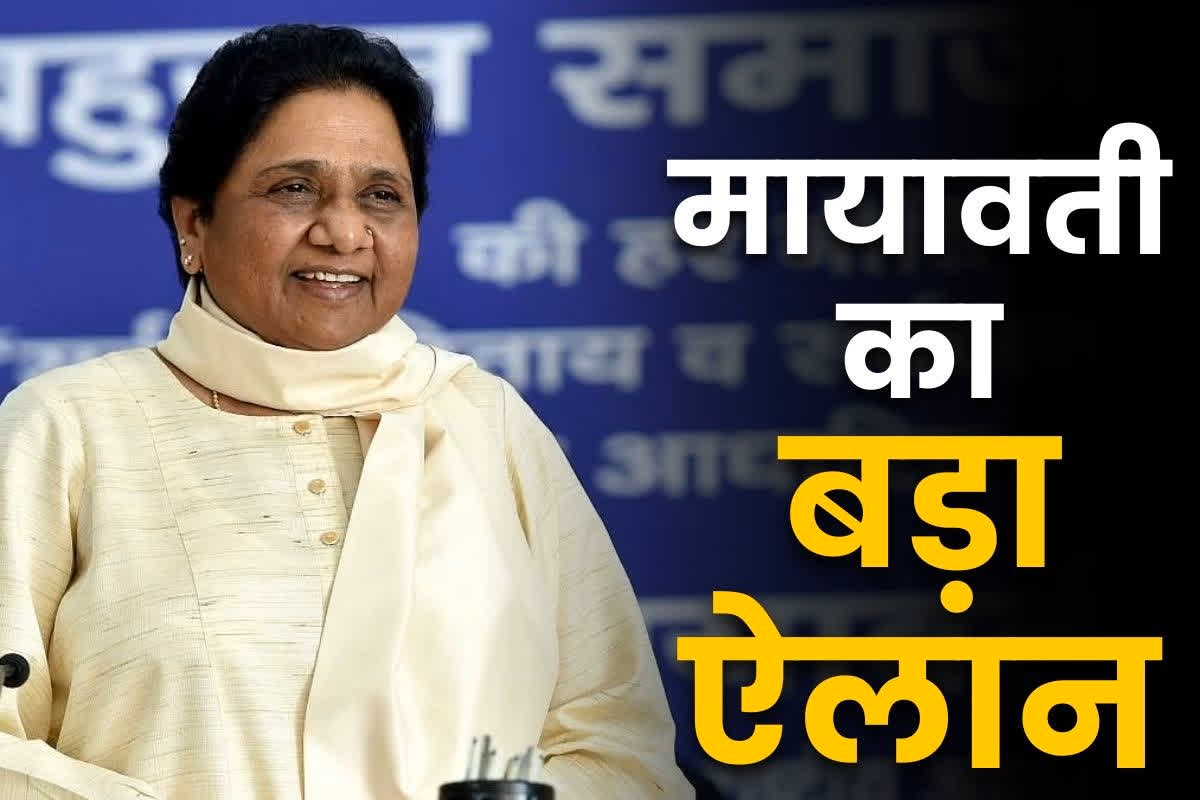Chandra Shekhar Azad, an Indian revolutionary, undertook the task of reorganizing the Hindustan Republican Association (HRA) after its founder, Ram Prasad Bismil, and three other prominent leaders, Roshan Singh, Rajendra Nath Lahiri, and Ashfaqulla Khan, met their demise. This reorganization led to the formation of the Hindustan Socialist Republican Association (HSRA). Azad was born in the Bardarka village in the Unnao district of United Provinces, to Sitaram Tiwari and Jagrani Devi. Employing the alias “Balraj,” he signed pamphlets as the commander-in-chief of the HSRA.
Early life and career
Born on 23 July 1906 in the village of Bhabhra, Chandra Shekhar Azad entered this world as Chandra Shekhar Tiwari, into a Brahmin family within the princely state of Alirajpur. His ancestral roots traced back to Badarka village in the Unnao district of Uttar Pradesh. In this intricate family, his mother, Jagrani Devi, stood as the third wife of Sitaram Tiwari, her husband, whose prior wives had passed away prematurely. Following the birth of their first son, Sukhdev, in Badarka, the family embarked on a journey to Alirajpur State.
Guided by his mother’s aspirations for him to become an esteemed Sanskrit scholar, young Chandra Shekhar’s father was convinced to send him to Kashi Vidyapeeth in Benares for education. The year 1921 witnessed the peak of the Non-Cooperation Movement, and it was then that 15-year-old Chandra Shekhar joined the movement’s ranks. This decision led to his arrest on the 20th of December. A week later, he found himself facing Parsi district magistrate Justice M. P. Khareghat. At this juncture, he introduced himself as “Azad,” denoting “The Free,” declared his father’s name as “Swatantrata,” meaning “Independence,” and amusingly designated his residence as “Jail.” This audacious response sparked the magistrate’s ire, resulting in a punishment of 15 lashes.
Revolutionary life
Following the suspension of the non-cooperation movement in 1922 under the guidance of Mahatma Gandhi, Azad found himself disheartened. It was during this period that he crossed paths with a fellow revolutionary named Manmath Nath Gupta, who introduced him to Ram Prasad Bismil. Bismil was the driving force behind the formation of the Hindustan Republican Association (HRA), an organization deeply entrenched in revolutionary pursuits. Embracing this cause fervently, Azad became an active participant within the HRA, diligently amassing funds for its endeavors. Much of this funding originated from daring heists targeting government assets. Notably, his involvement extended to significant events such as the Kakori Train Robbery of 1925, the assassination of John P. Saunders in Lahore during 1928—a retaliation for the death of Lala Lajpat Rai—and culminating in the audacious plot to detonate the Viceroy of India’s train in 1929.
In a moment of intellectual enrichment, Azad found himself reading the Communist Manifesto, courtesy of his comrade Shiv Verma. During his tenure as the commander-in-chief of the revolutionary faction, Azad frequently borrowed a book titled “ABC of Communism” from the writer Satyabhakta. This book became a cornerstone in his efforts to impart socialist ideologies to his comrades.
Activities in Jhansi
Choosing Jhansi as his organization’s central hub, Azad established a stronghold there for a period. He leveraged the nearby Orchha forest, located approximately 15 kilometers (9.3 miles) from Jhansi, as a training ground for honing his sharpshooting skills. His prowess in marksmanship was such that he took on the role of instructor, diligently imparting this skill to fellow members of his group. Erecting a hut adjacent to a Hanuman temple along the Satar River’s banks, Azad adopted the alias of Pandit Harishankar Bramhachari, effectively concealing his true identity for an extended duration. Through this guise, he dedicated time to educating children from the nearby Dhimarpura village, thereby fostering a positive relationship with the local populace.
During his residency in Jhansi, Azad also delved into the art of driving, mastering the skill at the Bundelkhand Motor Garage located in Sadar Bazar. During this phase, individuals such as Sadashivrao Malkapurkar, Vishwanath Vaishampayan, and Bhagwan Das Mahaur forged strong connections with him, eventually becoming integral components of his revolutionary circle. Among his acquaintances were prominent Congress leaders of the time, namely Raghunath Vinayak Dhulekar and Sitaram Bhaskar Bhagwat, who maintained close ties with Azad. His temporary lodgings included the residence of Rudra Narayan Singh in Nai Basti, as well as Bhagwat’s dwelling in Nagra.
With Bhagat Singh
The Hindustan Republican Association (HRA) came into existence in 1923 through the collaborative efforts of Ram Prasad Bismil, Jogesh Chandra Chatterjee, Sachindra Nath Sanyal, and Sachindra Nath Bakshi. However, the aftermath of the Kakori train robbery in 1925 led to the British authorities clamping down on revolutionary endeavors. This resulted in the death sentences for Prasad, Ashfaqulla Khan, Thakur Roshan Singh, and Rajendra Nath Lahiri due to their active involvement. In contrast, Azad, Keshab Chakravarthy, and Murari Lal Gupta managed to elude capture. Azad subsequently orchestrated the revitalization of the HRA with the collaboration of fellow revolutionaries like Shiv Verma and Mahabir Singh.
In 1928, Azad collaborated in secret with Bhagat Singh and other like-minded revolutionaries to restructure the HRA covertly, renaming it the Hindustan Socialist Republican Association (HSRA) on the 8th and 9th of September. Their objective was to realize an independent India grounded in socialist principles. Azad then conspired alongside individuals such as Shivaram Rajguru, Sukhdev Thapar, and Bhagat Singh to eliminate the Superintendent of Police, James A. Scott, as a means of avenging Lala Rajpat Rai’s demise. However, due to a case of mistaken identity, the conspirators inadvertently targeted John P. Saunders, an Assistant Superintendent of Police. As Singh and Rajguru fled, Azad encountered an Indian police head constable named Channan Singh, whom he shot dead in the process.
The intricate tapestry of Azad’s revolutionary activities is vividly depicted in the writings of Manmath Nath Gupta, a fellow member of the HSRA. Within his extensive body of work, Gupta penned a biography titled “Chandrashekhar Azad,” encapsulating Azad’s activities, ideologies, and the inner workings of the HSRA. This account offers a profound understanding of Azad’s life and contributions to the movement for Indian independence.
Death
On the 27th of February in 1931, a tip reached the CID head of the police stationed in Allahabad, J. R. H. Nott-Bower, indicating that Azad was present at Alfred Park, engaged in conversation with his associate and aide, Sukhdev Raj. Upon receiving this information, Bower swiftly mobilized the Allahabad Police, accompanying them to the park with the intention of apprehending Azad. Veer Bhadra Tiwari and Yashpal, Azad’s former comrades, were implicated in tipping off two police constables.
As the police converged on the park, encircling it from all sides, a group of constables led by DSP Thakur Vishweshwar Singh entered, armed with rifles. The confrontation escalated into a fierce shootout. In the midst of the chaos, Azad managed to eliminate three policemen but not without sustaining severe injuries while defending himself and aiding his companion Raj. Azad, showing immense bravery, instructed Raj to escape the scene and continue the struggle for freedom, providing cover fire to ensure Raj’s safe departure. Finding refuge behind a tree, Azad engaged in a firefight with the police, who responded in kind. After a prolonged exchange of gunfire, staying true to his pledge of remaining Azad (Free) and evading capture, he took his final bullet and turned the gun on himself, ending his life with a shot to the head.
The intensity of the shootout resulted in injuries to Bower and DSP Singh, who suffered wounds to their right hand and jaws respectively. The police eventually retrieved Azad’s lifeless body once other officers arrived at the scene, their apprehension palpable even in the face of his demise.
Azad’s body was discreetly transported to Rasulabad Ghat for cremation, avoiding public knowledge. Yet, when news of the incident emerged, people swiftly converged around the park where the encounter had unfolded. They resounded with slogans against the British government and hailed Azad as a hero, celebrating his courage and sacrifice.





 Download App
Download App











